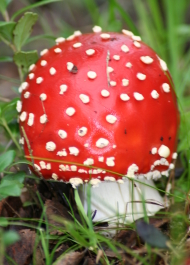








CONSERVATION AREAS

NATURE RESERVES:
Conservation of natural resources can be defined in different ways. The law of conservation of natural resources of 1970-06-19 has the following definition:
"Conservation of natural resources is to manage the natural resources considering the mutual connection between man and nature, and that the quality of the nature is preserved into the future."
In 1910 Norway passed a law for conservation of nature. The first objects of conservation were trees, waterfalls, minor natural deposits and some species of animal- and plant life. At that time it was not considered necessary to protect vast areas of nature. The common understanding was that Norway had an abundance of wild nature.
After the Second World War, Norway had an explosive economic and technological development which led to an increase in nature interference in a different dimension than before. As a consequence larger areas of different habitat types eventually got preserved against technical intervention.

National park
Nature reserve
Special landscape area
Natural monument
Marine protected area
Biotope protected area
By the establishment of a national park, the Nature Conservation Council wish to preserve a larger landscape (>50 km²). Preferably with a considerably variation of topography, vegetation and fauna. A national park does not have the same extent of strictness as a nature reserve, for instance could hiking, hunting and fishing be permitted.
As a principle rule, a nature reserve shall be a strictly protected area (< 20 km²), i.e. all plant- and wildlife along with the whole natural environment shall be protected against any
This form of conservation is connected to areas with cultivated landscape. Areas (>0.5 km²) without major interference, but still show signs of human activities throughout generations. The extent of preservation is not as strict as a national park.
Geological, botanical and zoological existence which has a scientific or historical interest, or have distinctiveness, can be preserved as a natural monument. Natural monuments normally have a limited area (<0.5 km²).
By January 2010, there hadn't been established any marine or biotope protected areas in Norway, yet.